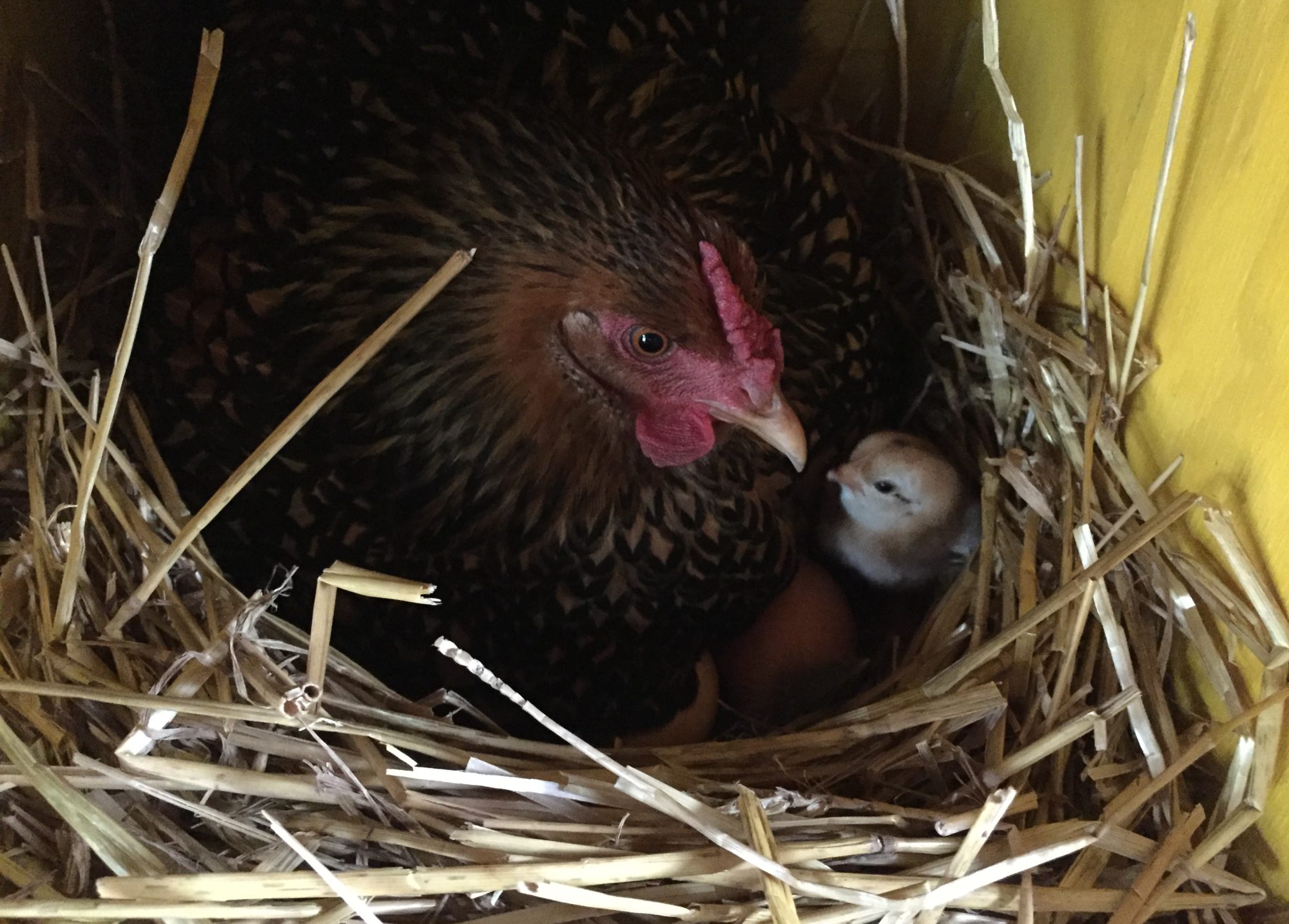
Did you ever wonder why Americans don’t eat much rabbit? Young farm raised rabbit is delicious, they’re very lean, they’re high in protein, they grow quickly, they’re sustainable, they don’t take up much space, they’re quiet, they’re inexpensive to raise, and they’re easy to process. Yet most people have never tried rabbit.
A few of our older customers tell us their family ate rabbit a lot when they were young, but wouldn’t even know where to get one today. While not impossible, it is difficult to find fresh young rabbit in your grocery meat case.
In Europe, countries like France, Germany, and Poland routinely eat rabbit. But not in America. So what happened? Why has rabbit nearly vanished from our dinner plate? There are a few reasons mentioned most often, but the final reason below is the one we believe had the most influence.
- The Cuteness Factor. Rabbits are adorable. They’re cute and huggable and furry with big eyes. We’ve seen too many “humanized” cartoon rabbits that hold a carrot and make us laugh. Many homesteaders that would love to eat rabbit just can’t bring themselves to butcher one. Others can’t imagine themselves eating a rabbit even if is already prepared for them. They’re just so darned cute.
- The Pet Rabbit. Similar to #1, many people have had a rabbit as a pet, or a favorite stuffed animal, and can’t imagine eating one. They’ll make comparisons to other pets and say “You wouldn’t eat your cat or dog, would you??”
- Religious Reasons. We’ve had a few customers tell us they don’t eat rabbit because of their religion. We had to look it up. In the Old Testament, the Bible mentions the rabbit twice as a food not to eat. Leviticus 11:6 says “The rabbit, though it chews the cud, does not have a divided hoof; it is unclean for you.” And Deuteronomy 14:7 says “However, of those that chew the cud or that have a divided hoof you may not eat the camel, the rabbit or the hyrax.” (Never heard of a hyrax? Yeah, we had to look it up too!) Those chapters also say don’t eat the pig, but a lot of Christians eat bacon and ham, so there appears to be some modern day dietary flexibility.
- Tough and Gamey. Quite a few customers tell us “I had rabbit when I was young and went hunting with my grandpa. It was tough and gamey.” It’s a shame that was their only experience eating rabbit. The rabbit we’re talking about here is farm raised and about 3 months old. It’s tender and slightly sweet. Although many say it tastes like chicken, we describe it by saying it’s like a chicken and a pig had a baby. It’s not quite chicken, but not quite pork. It’s definitely not your grandpa’s wild rabbit!
- Too Expensive. Some think that rabbit is just too expensive to be part of a regular diet. Or that rabbit is something you order at an expensive restaurant. It’s a self-fulfilling argument. The American demand is low, so there’s not much supply. With low supply, the cost can go up since there are few alternative sources to buy from and an inefficient supply system. You’ll most likely get your rabbit online, where you’ll find prices between $9 and $16.50 per pound. Dressed rabbits average 2.5 to 3 pounds, so you could pay nearly $50, plus shipping!
- THE BIG REASON: Feed Conversion Ratio (FCR). We think that changes in FCR over time have had the most impact on rabbit in our diets. FCR is a ratio of how many pounds of food it takes to make a pound of the animal you’re feeding. If it takes 3 pounds of grain to grow an animal 1 pound, the FCR is 3. The lower the number, the better. The heritage large breed chicken (like Buff Orpington, Rhode Island Red, Speckled Sussex, or Barred Rock) has an FCR of about 3.50. The rabbit is about 2.75. Want more meat for less input? Grow rabbit, right? Not so fast. With the advent of the modern day meat bird, the Cornish Cross, the FCR has steadily decreased to about 1.75! Rabbit, once the most efficient feed converter, has been replaced (and in a big way!) by the modern broiler. Prior to 1960, the chicken was thought of as a luxury meat, since its FCR was higher than pork! But with the invention of the Cornish Cross, along with investments in processing and supply chain infrastructure, chicken surpassed pork and rabbit in growth efficiency, driving the cost down. If you “follow the money”, the money was in chicken, not rabbit. If not for the Cornish Cross, we might be eating Kentucky Fried Rabbit, or Rabbit-Fil-A.
| ANIMAL | FCR |
| Cornish Cross Chicken | 1.75 |
| Rabbit | 2.75 |
| Pig | 2.90 |
| Heritage Chicken | 3.50 |
| Sheep | 5.60 |
| Goat | 7.20 |
| Cow | 6.80 |
The point of this article isn’t to get you to try rabbit. Everyone has their reasons for eating or not eating rabbit or any food. The point is to illustrate how changes to food and food supply impact what food we can afford, what food is available to us, and ultimately what food we eat.
If you are a homesteader and want to provide meat for your family, we encourage you to research raising rabbit. A breeding pair can produce about 200 pounds of meat per year, and you’ll get about 25 pounds of meat every 6 weeks. So there’s not a big storage impact compared to a pig or cow.
And by the way, we raise rabbits for meat, and we have a pet rabbit.


